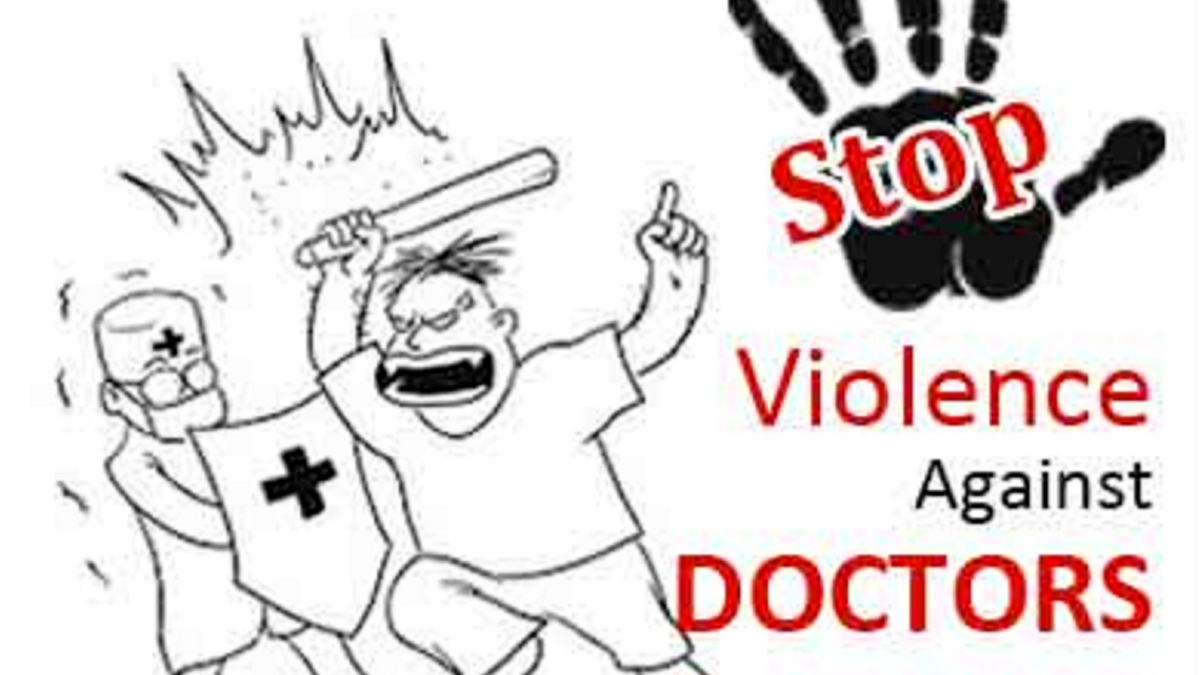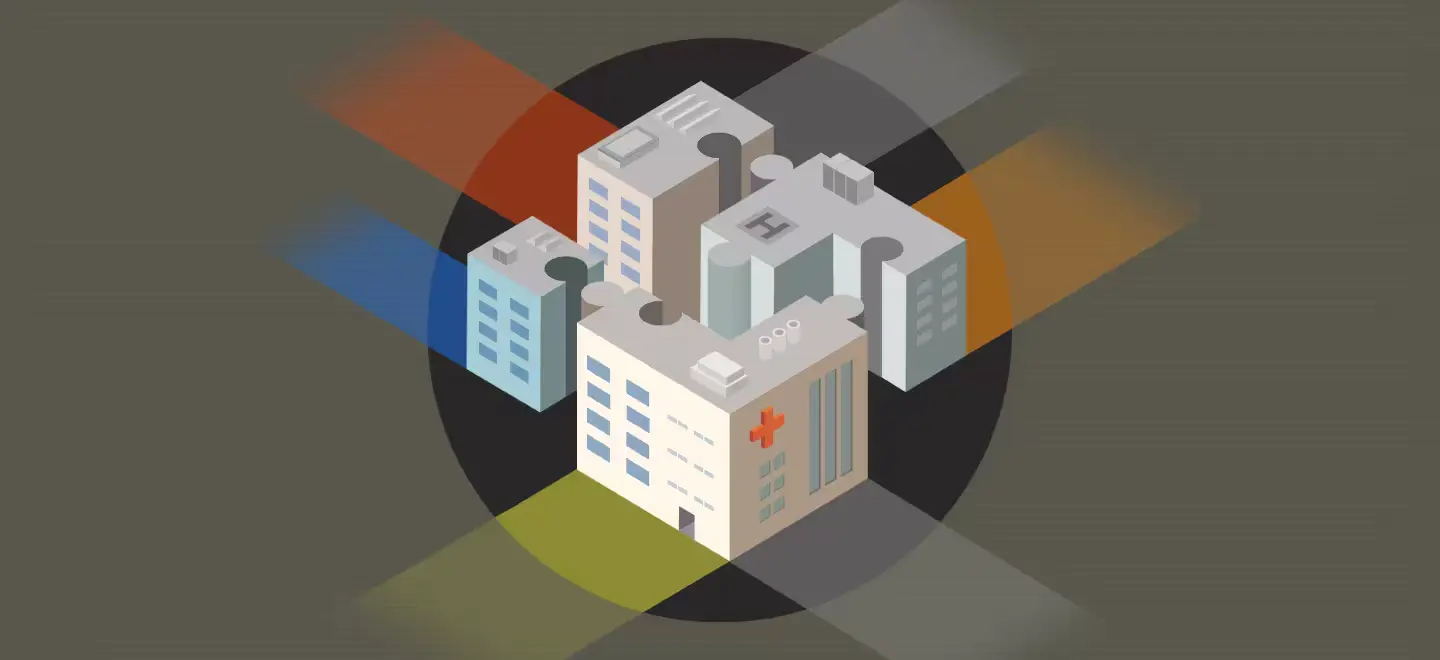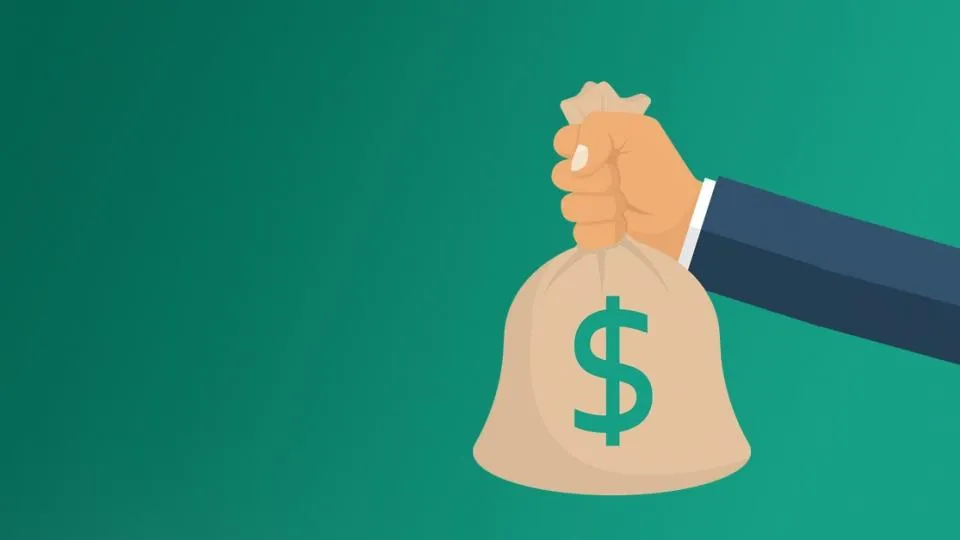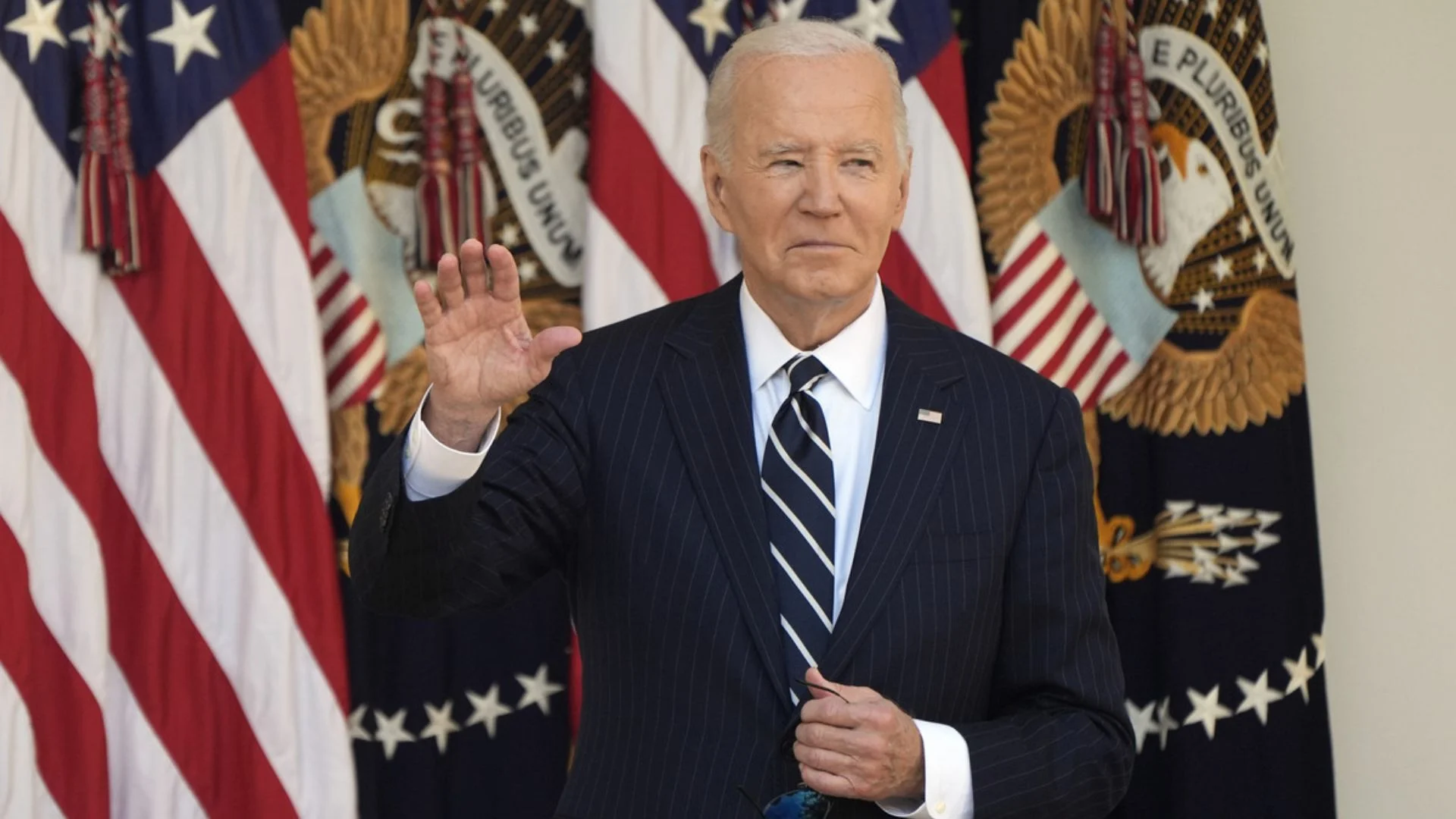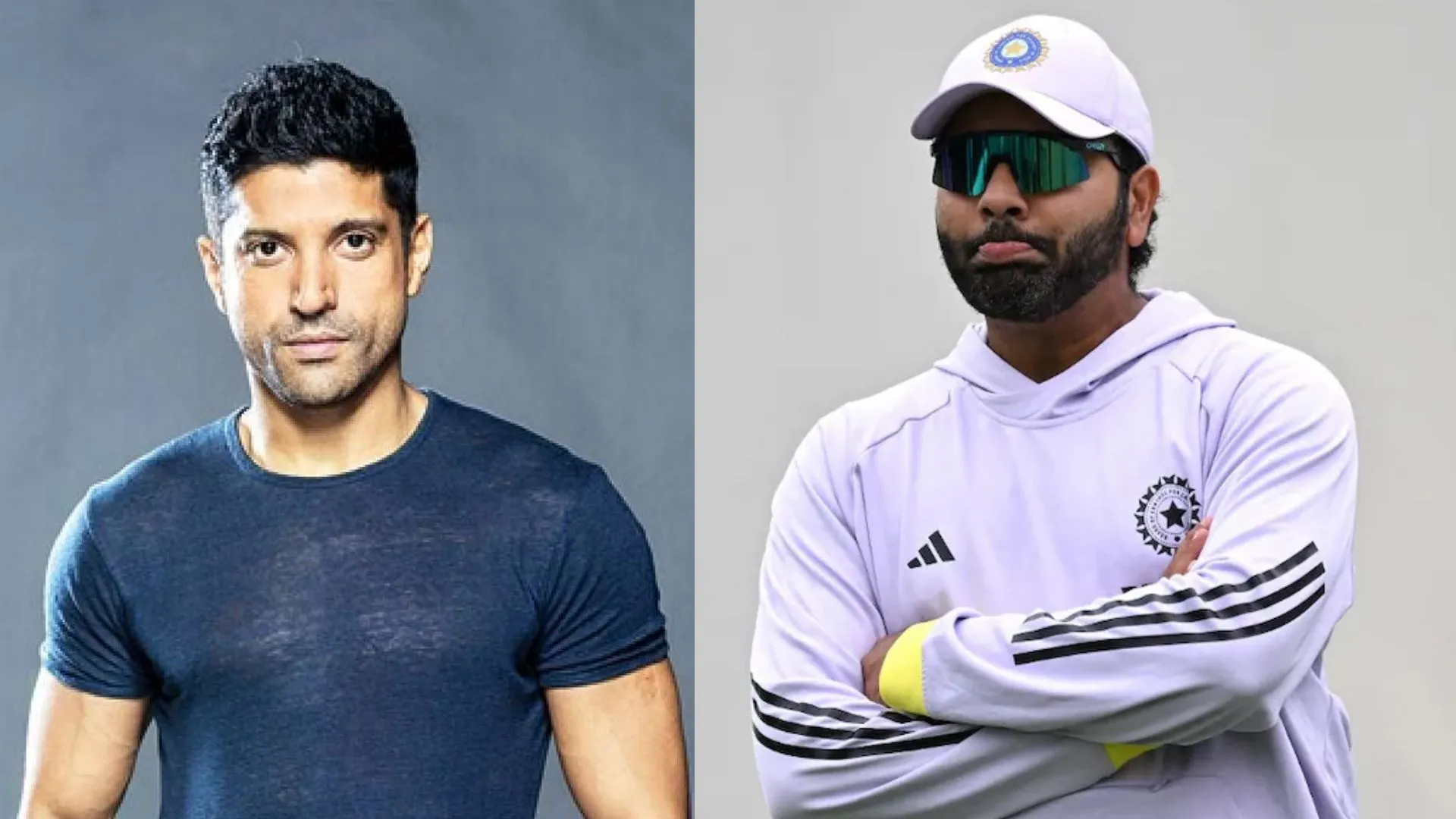Violence against Doctors: Causes, Effects, and Solutions
Dr Sundeep Mishra
Violence can never be justified, least of all against someone
who is ostensibly attempting to save a person’s life.
– Sumanth Raman
INTRODUCTION
Sacrifice is part of the great tradition of medicine, a tradition that compels doctors into one of the mosthazardous occupations. The list of dangers is actually quite long; risk for communicable illnesses, bothcommon and rare, stresses that lead to extremely high rates of burnout, depression, substance abuse andsuicide that outpace other professions (of similar level of education, gender, generation), serious occupational hazards like workplace violence both physical and verbal. Each and every practicing doctor has been touched by these issues, either directly or as witness. As per an Indian Medical Association study, more than 3/4th of physicians have witnessed some form of violence at workplace. On the other hand, individuals entering the profession are either completely unaware or have only limited understanding of the potential long-term consequences that are often understated or ignored. Some occupational hazards have indeed been studied, but there is no comprehensive analysis of workplace risk for physicians like those that have been done for other professions especially those related to workplace violence.
Violence directed against the physician and the health-care workers seems to be a common phenomenon world-wide. However, this phenomenon has been given a scarce consideration and minimal lip service not only in lay public, media and law administrators but even in medical community. As a matter of fact, the subject of aggression and violence against physicians and its remedies does not figure anywhere either in medical curriculum or continuing medical education. Multiple anecdotal reports suggest that the problem is increasing globally but systematic data is lacking. However, it is likely to be more prevalent in those health-care settings like India, which were traditionally socialistic but have recently turned to capitalistic model of health-care.
Although violence is common in many work-place settings especially those dealing with social and financial sectors it can under no circumstance be condoned in hospitals. Although in reality in-hospital violence is just a superficial symptom of a deeper malady afflicting overall health-care system, the hospitals cannot be allowed to become battlegrounds for the simple reason that sick people need a peaceful environment where they can get sympathy, empathy, support etc. At the same time, the health-care professionals also need a stable and peaceful environment if they are ever able to give self-less care (rather than worry about their personal safety). On a long term basis, the threats and violence could have a bad impact on the physician’s psychology leading to Post-Traumatic Stress Syndrome (PTSD) in majority of the physicians, something which is akin to a problem faced by war veterans. This manifests as a physician feeling helpless, becoming irritable, introverted and having thoughts of abandoning medicine or even contemplating suicide. Even more stable personalities might be forced to practice defensive medicine, intent on saving their own skin rather than considering for the patient.
DEFINITION
Many people think of violence as a physical assault. However, violence in healthcare setup is a much broader problem; it is any act of aggression, physical assault, or threatening behavior that occurs in a health-care setting and causes physical or emotional harm to a health worker. It can range from telephonic threats, intimidation, actual verbal abuse, physical but non-injurious assault, sexual harassment, and physical assault causing injury; simple or grievous, weaponry attacks, and homicide to vandalism and / or arson. Verbal abuse is the most common type of violence encountered but there seems to be some gender bias as well, sexual abuse being nearly exclusive in female workers.
FACTORS PREDISPOSING TO VIOLENCE
The root cause of the problem is the growing distrust between health-care sector and lay community compounded by poor patient-doctor communication. The whole society is getting materialistic and health-care sector is no exception to this. With private capital being infused into health-care sector; corporate hospitals, pharmaceutical and device industry, business professionals in the hospital administrator seat, the mentality of physicians has also changed from a charitable to a profit making. Instead of quality of patient care, the focus has shifted to numbers and “targets being achieved” in terms of patients seen in OPD, investigations and therapeutic procedures done and often the doctor’s re-imbursement is based on these numbers. However, health-care is unlike any other capitalistic profession due to several factors but the most important is that for its proper conduct it relies on empathy and communication skills. Unfortunately while doctors and health-care staff are trained in their own technical profession they often lack training in communication skills or empathy skills. Currently no medical curriculum teaches communication skills or gives lessons on empathy. The basic instinct of an intellectual is to have freedom, i.e. freedom of choice, which comes only through information. While in internet-age a lot of information is available online, the patients/attendants still depend on the treating physician to give them accurate and honest information about the cause of disease, the disease process, the options for investigation and treatment, the course and prognosis and finally the costs involved in the therapy. However, when this information is not adequately communicated to them it leads to trouble. Thus, the crux of whole problem in majority of cases is a lack of proper communication.
SITUATION UNIQUE TO INDIA
- General low awareness of health issues.
- The primary health-care infrastructure in the country is eroding perhaps related to general lack of awareness, low priority accorded to it, low investment in this area and perhaps a peculiar tendency to directly consult the specialists / super-specialists has led to the fact that patients who could have been diagnosed in the earliest stages of their disease often slip through the primary care net to present at some super-specialist / tertiary hospitals with disease far advanced, even incurable.
- Low coverage of population with health insurance.
- Lack of communication skills in physicians which contributes very tenuous patient-doctor relationship which isespecially prone to breaking down into violence.
- Rudimentary health insurance structure.
WHAT LEADS TO VIOLENCE BY ATTENDANTS/RELATIVES?
- Physician related factors
- Misunderstandings: Miscommunication at any level from explanation of etiology, disease course, prognosis, need for investigations and treatment options.
- Mis-happenings: When the disease course and prognosis is not properly communicated to the patient, if a mishap occurs the treating doctor and staff may be perceived as callous or inconsiderate.
- Dissatisfaction with the course of treatment.
- Disagreement with physician on modalities, option and course of treatment.
- Malpractice.
- Conflict of interest: Inability to obviate the feeling that many doctors prescribe unnecessary investigations and medicines to obtain undue benefits from medical industry.
- Perceived lack of communication (collaboration) or inability to share information between doctor and patient
- Casual opinion: Criticism by other/2ndopinion doctor.
- Patient related factors
The second problem is that the patient and their attendants are in a most vulnerable phase of their existence, i.e. faced with temporary or permanent disability even death. In this state they are fearful, anxious and in doubt. Here what they require is empathy and humane behavior and not challenge by the doctor or staff.
- In many government hospitals there is overcrowding, long waiting time to meet doctors, absence of a congenial environment, multiple visits to get investigations done and then subsequently to consult doctors, concept of bed sharing by two and sometimes three patients, floor beds and poor hygiene and sanitation.
- Even in private hospitals there could be prolonged waiting times: delay in attention or admission of sick patient or perceived delay in investigation and treatment.
- Perceived (and real) lack of availability of doctor (senior doctor). Currently, there is a shortage of trained specialists. Furthermore, even in the available specialists there is a skew in distribution in favor of urban areas. As a consequence, very few experts are available in low resource setting which has even led to quacks occupying this medical space.17
- Perceived lack of caring by physician or staff. Many physicians especially in governmental sector are overburdened by the clinical load due to twin reasons of paucity of staff and inability of private sector to cater for really poor and low middle-class. Hugely overburdened OPDs, casualty and wards in governmental hospitals are a common sight which contributes to overstretching not only infrastructure but also medical manpower, contributing to a perception of a lack of caring by the hospital staff.
- Altered states of attendants: intoxication, mental illness, severe anxiety or stress.
- Problems of public hospitals: dysfunctional equipment, poor quantity and quality of paramedical and supportive staff (and doctors being at apex have to take blame for it).
- Low insurance cover of the general population is also a big contributing factor, being one of the commonest causes of leading a previously middle class family into poor class. It is a common knowledge that most incidents of violence occur at the time of preparing and payment of the medical bill.
- Low health related literacy. While overall literacy has improved in the country, health-care literacy still remains very low. Many care-givers fail to understand the disease process and even more importantly the available therapeutic options.
- Hospital related factors
Hospitals are a home to medical equipments and facilities but often do not pay much attention to security. At least most government hospitals in India are deficient in security.
- Lack of security personnel in casualty, ICU and other risk prone areas. Lack of police post nearby, and even when available ineffective so much so that it is more often than not completely useless.
- Lack of security equipment; metal detectors, scanning devices etc.
- Lack of security protocols. Who will respond when?
- Percentage expenditure in health-care is amongst the lowest all over world. This has led to very few government hospitals in the country and it has been estimated that less than 20% of health needs are catered to by government hospitals. Furthermore, even these government hospitals are at present plagued by poor infrastructure and lack of adequate manpower undertaking health-care. Thus, majority of lay public is forced to go to private sector for health needs. Despite few large corporate hospitals bulk of health-care service is provided by small and medium private healthcare establishments (accounting for 7/6th of private healthcare institutions)which isolated, disorganized and woefully lack in security arrangements.
- Role of community
- Weak and ineffective laws. While some laws are present they are ineffective for the protection and safety of the medical personnel in private arena. In government sector while it is a non-bailable offense to assault a any uniformed public servant like a government doctors, the rules are hardly ever strictly enforced and lay public being aware of this weak implementation has no qualms in “exacting revenge” from the doctor and the hospital staff in any eventuality of mishap with their patient. Rather, since these acts go regularly unpunished it provokes mob violence, one incident after another.
- Community leaders. Another problem could be small time community leaders/troublemakers – This is more of a problem in government hospitals or employee insurance hospitals who cater to a significant population of working class (unlike corporate hospitals which deal nearly exclusively with intellectual or elite class). These individuals might consider the health crisis an opportunity to “show off” their leadership skills or they may grudge the perceived power enjoyed by the physicians (at that point of time) and feel that their own power is in jeopardy and may feel slighted. They may react by organizing others from patients’ relatives and friends, inciting violence against so called established power i.e. the heath-care professionals including doctors. On the other hand what the professionals being an intellectual class dislike most is ego basing and thus the doctors respond back even more vehemently to the perceived slight starting a vicious cycle.
- Lack of faith in judicial process. In India, lay public does not have adequate faith in the legal process of the country. Society, in general, believes that the doctorsareoften‘well connected’ and will get away with anything, forcing a common man to take law into his/her own hand.21
- Role of Media
The media is forever in search of a good story. The story of an underdog fighting a huge establishment is ever popular. In this whole schema the poor, defenseless patients become an underdog fighting against the huge and established but corrupt medical system led by highly intellectual and “powerful” physicians. This is a good recipe for any successful journalistic endeavor but gives a very poor image to an average doctor. Thus, press indulges in the sensationalization of every related news item, often completely ignoring the real facts.
HOW TO ANTICIPATE VIOLENCE IN HEALTHCARE SETTING?
The key is to remain alert to this eventuality. There are certain tell-tale signs which can be looked forto anticipate any violence, easily identified as an acronym STAMP:
| S | Staring / Lack of Eye Contact |
| T | Tone & Volume of Voice |
| A | Anxiety |
| M | Mumbling |
| P | Pacing |
- Undue staring is an important early indicator of possible violence. This is generally deployed on mid-level health workers like nurses to intimidate them into improper action, but if they refuse can culminate into violence.
- Lack of eye contact / shifty gaze is another important cue which is reflective of anger and passive resistance although there could be some cultural reasons to avoid eye contact.
- Tone and volume of voice is a very important clue to impending outburst but caustic and sarcastic replies with a normal tone are also important.
- Signs of anxiousness, frequently rubbing hands, tapping hands or feet, non-seasonal perspiration should be accounted for before they reach a dangerous level.
- Signs or substance abuse or drug intoxications should be kept in mind and appropriate steps taken.
- Mumbling, using slurred / incoherent speech or repeatedly asking the same question or making the same statements are important signs to be recognized. Mumbling can be interpretive of mounting frustration and a cue for violence.
- Pacing is another indication of mounting agitation as well as staggering, waving arms or pulling away from healthcare personnel attempting to treat them.
HOW TO MANAGE VIOLENCE IN HEALTHCARE SETTING?
At the Time of Violence
If violence is impending or actually occurring:
- Remain calm in the face of provocation and don’t raise your voice but try let things blow over.
- Obtain all the documentary evidence of violence. It is a good idea to earmark some hospital staff who will take photographs, audio/video records of the violence.
- Immediately all medical record of the patient should be photocopied because there is a huge possibility that interested person / mob could carry away the original record.
- Inform the legal counsel / lawyer immediately.
- Inform the police immediately by phone, sending someone to police post, sms but importantly keep a record of such attempts to contact law enforcing agency.
- Identify the troublemakers/ community leader / s inciting violence.
- Get written, signed statements from all individuals present (physicians, nurses and other para-medical staff, patients, relatives, and other bystanders) in context of the violence.
- Lodge an First Information Report with the police.
- While registering a complaint make sure that it is registered under the relevant act i.e. Protection of Medical Personnel.
- It is very important not to try to ‘settle’ the issue by paying hush money which seems more as an admission of guilt than otherwise.
PREVENTING VIOLENCE IN HEALTHCARE SETTING
Preventive Tips for the physicians
- Better communication: This is the most workable strategy with the intellectual class:
- The physicians have to understand that patients and relatives are going through extra-ordinary fear, anxiety and doubt and may not thus behave rationally. Further the doctors have to understand that patients come from a variety of background, class, educational and economic status.
- Patient / their care-givers should always be kept in loop at each and every medical step: investigation, diagnosis or treatment.
- Don’t make the patient feel that the doctor is in a big hurry and that patient is wasting his time, rather devise a strategy to over-come the problems of time constraints suffered (by physicians) probably by having more supportive staff specializing in counseling.
- Avoid inculcating fear in patient or make them feel that they are somehow responsible for their state (to which patients respond by putting the blame on doctors).
- Patient satisfaction comes from being heard and being understood.
- In case of complications/death a senior doctor should talk to patients/relatives which gives them assurance that best treatment is being/was given to the patient.
- Doctor–patient communication is a two-way street. While it is the patient’s right to get accurate medical information, it is their responsibility as well. The way doctors can facilitate this process is by prescribing information: i.e. by providing patients with educational handouts, putting up their own websites, or referring them to health libraries. This way the patients will know more about their conditions and available options and also obtain realistic expectations of what their doctor can do for them. At the same time it is the patients / attendants responsibility to give accurate information to the health-care providers and not hide inconvenient facts from them. There should be no use of either hyperbole or at the same time under-statement. As far as possible exact situation must be communicated.
- Incorporating discussion on philosophy of medicine, ethics and empathy training in medical curriculum. Medical philosophy needs to be reoriented towards changed structure and accompanying perceptions of society. Classic parental doctor–patient relationship no longer works, now it has to be a participatory approach. It has to be effectively communicated that doctors can’t perform miracles, indeed they can modify disease process but they cannot prevent eventual mortality. At best they can help patients to adjust with disease its morbidity and mortality. Likewise, the importance of teaching empathy to budding doctors cannot be over-stressed. Studies reveal that good empathy training could lead to good doctors. It is particularly important to show empathy for suffering and sympathy in financial dealings. The patient should be treated as a fellow human and not some abstract problem or worse made fun of or treated with ridicule.
- Proper and written consent in word and spirit in the patients’ own dialect and language with witnesses must be obtained before undertaking major investigations or treatments especially of interventional nature. The consent should delve upon the purpose of investigation/intervention, its possible outcome, clearly detailing commonly occurring life-threatening/non-life-threatening complications, the available alternatives, advantages/ disadvantages of each one of them. In case the patient refuses, the consequences of refusal must be discussed and mentioned explicitly in the consent form. While performing an intervention only those procedures be done for which consent has been obtained unless it is life-saving.
- Second opinion should be given very carefully, with careful choice of words. At the same time patient may be encouraged to seek a second opinion as a strategy to build confidence. If second opinion is different from your own opinion, the reasons for difference must be discussed and the final choice strictly left to the patients / care-givers.
- Effective management strategy should be put in place: a damage control plan, when violence against heath staff seems imminent (not to react tit for tat – anger for anger) and address patient grievances.
- Give a sense of security to the patient and relatives: a sense that everything is going as per plan. In other words, they should try not to frequently change the treatment plan as well as the cost. The cost of managing complications should as far as possible be incorporated in the initial costing.
- It is important never to over-reach in attempts to treat a patient. One should realize the limits of what medicine can do as well as limit of available infrastructure and most importantly of self. Never do any procedure beyond the scope of one’s training and facilities. The dictum “do no harm” holds true for entire medical specialty.
- Proper documentation is the key to all successful modern medical practice. Accurate and proper documentation may not directly prevent violence but after violence records may be seized by police. Unfortunately, in very sick patients the focus is entirely on saving life and documents are not in order but it is always important to keep this in mind, even keep photocopies of important documents because they might be lost in the chaos of ensuing violence. It may be a good idea to employ a staff or at least delegate the work of record keeping to one of the medical staff, so that this aspect is not overlooked.
- Certain safety habits can be suggested;
- Play a close attention to surroundings when you come out of office; avoid looking at your phone as you walk in hospital area.
- Pay close attention to the cars parked around when coming and leaving the hospital premises
- Lock the car door immediately after entering.
Preventive Tips for the Hospital Administrators
- Strengthening theSecurity.
- Security personnel (preferably army background) should be posted at the entrance of every hospital, ICU and operation theaters and should not let anyone through without checking for appropriate identification.
- Weapons / weapon like objects should be confiscated before allowing passage to anyone.
- All attendants must register at the front desk and be given a visitor badge to be worn at all times.
- Restrict entry of attendants to clinical workplace. No more than two attendants should be allowed with the patient.
- Establish a Hospital Committee (PRO) specializing in effective communication which can satisfy the patients/attendants.
- Trained Psychologists (counselors) should be available to cater for emotional needs of patients and their care-givers when required.
- Since India is a diverse country with several official languages and also medical tourism is showing a huge growth, language translators should be available who can prevent incidences of miscommunication.
- Hospital workplaces should establish a policy for assessing and reporting threats, which would allow employers to track them to see whether prevention strategies are working.
- Reduce the waiting times for everything and if they cannot be done at least explain why these times are there in the first place.
- Every hospital should have an emergency algorithm including an evacuation plan in case of a major act of violence.
- At the time of designing a hospital attention should be directed to workplace’s landscaping, parking lot and outdoor lighting keeping in mind security aspects.
- Displaying information and also the laws governing the safety of doctors up-front:
- To satisfy the intellectual class
- To make them aware of consequences of violence against doctors
- Involving media in their activities.
- Health care personnel must have some training in martial arts, which might save their life in some instances.
STRONG &EFFECTIVE LAWS: Essential in fight against Violence.
1. Strengthening theLaw against Violence:
It is very important to make ‘violence against doctors’, a non-boilable offence for all medical areas; private or public. There is indeed a need to modify the Indian Penal Code to allow for tougher penalty against the perpetrators of such violence.
2. Implementation of Effective Laws:
Often, the real challenge faced in preventing violence against doctors is poor implementation of existing laws. A lack of implementation of existing laws has obstructed efforts to protect doctors from the menace of violence.Law meant for protection of doctors against violence needs to be stricter and should be implemented promptly and effectively.Law enforcing authorities should be particularly sensitized to this aspect and must realize that their mandate is to maintain law and order. The Rule of Law must be respected and adhered to by the society at large.
Role of Media in preventing Violence:
Media has a very important role to play: They should also write positive things about the profession or at least both sides of the issue in situations like this; they should avoid journalism of sensationalism and avoid provocative head-lines. While in short term these kinds of reports get a few eye-balls but in long run might prove counter-productive for the society.
Health related Literacy
There is a need to educate not only lay public but even fist-contact physicians in some cases for example myocardial infarction. There is need to be clear guidelines and management algorithms forlay public and even physicians.
Insurance Schemes
Mass insurance schemes should be offered to cover the whole population. Several states have their own schemes but National schemes like the currently launched PM JAY scheme and older RashtriyaAyraogya Nidhi for BPL patients are revolutionary steps in this direction.
CONCLUSIONS
In a predominantly capitalistic society health-care and primary education are perhaps the only remaining professions in India, which lay public expects to function on socialistic model. This would ensure a cost-effective, high class health-care delivery to practically entire population. However, in reality medicine (as also education) is no longer treated as a welfare activity but rather a profit making venture, at least by corporate sector. This difference in perception between the society in general and the health-care deliverers has led to serious gap between what is expected and what is delivered on health front. One of the outcomes of this mis-match is violence against doctors (among other problems) which is seriously threatening the status quo in this profession. On the other hand while violence on road (road rage), public places, even schools is common (though not condone-able), it can under no circumstance be acceptable in hospitals. The hospitals simply cannot be allowed to become battlegrounds for the simple reason that sick people need a peaceful environment where they can get sympathy, empathy, support etc. Even health-care professionals need a stable and peaceful environment if they are ever able to give self-less care rather than worry about their personal safety. Thus, if the hospital environment is exposed to violence its practitioners might start practicing defensive medicine, and focusing on saving their own skin rather than treating a patient. One of the major factors contributing to violence is not only monetary considerations but also a lack of communication and a failing doctor-patient bonding. Solution lies in not only in changing attitudes and practices of physicians and hospitals but also regulators, media and even lay public.

